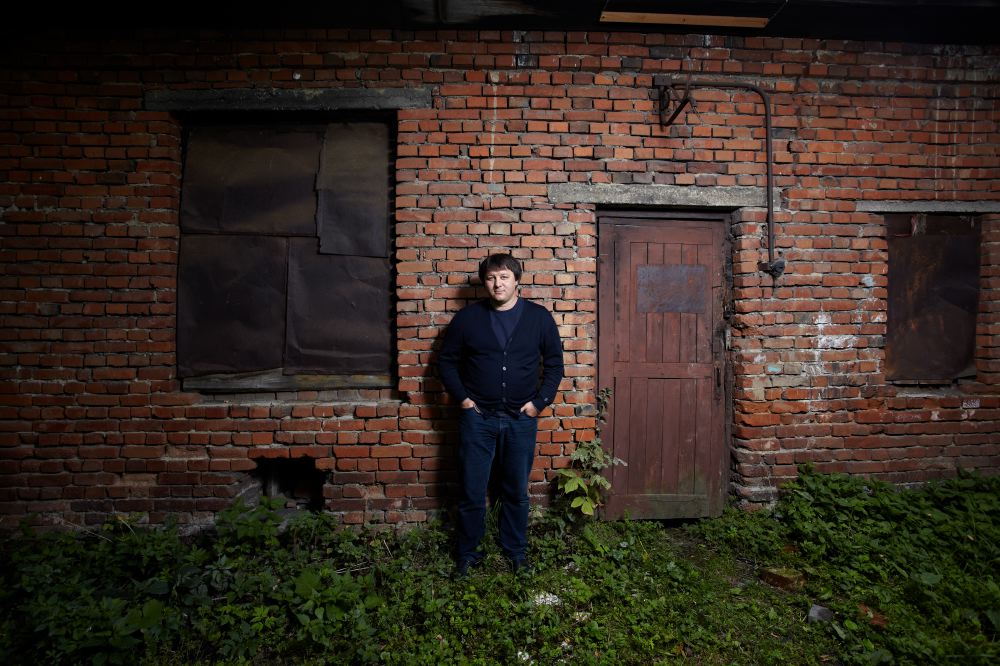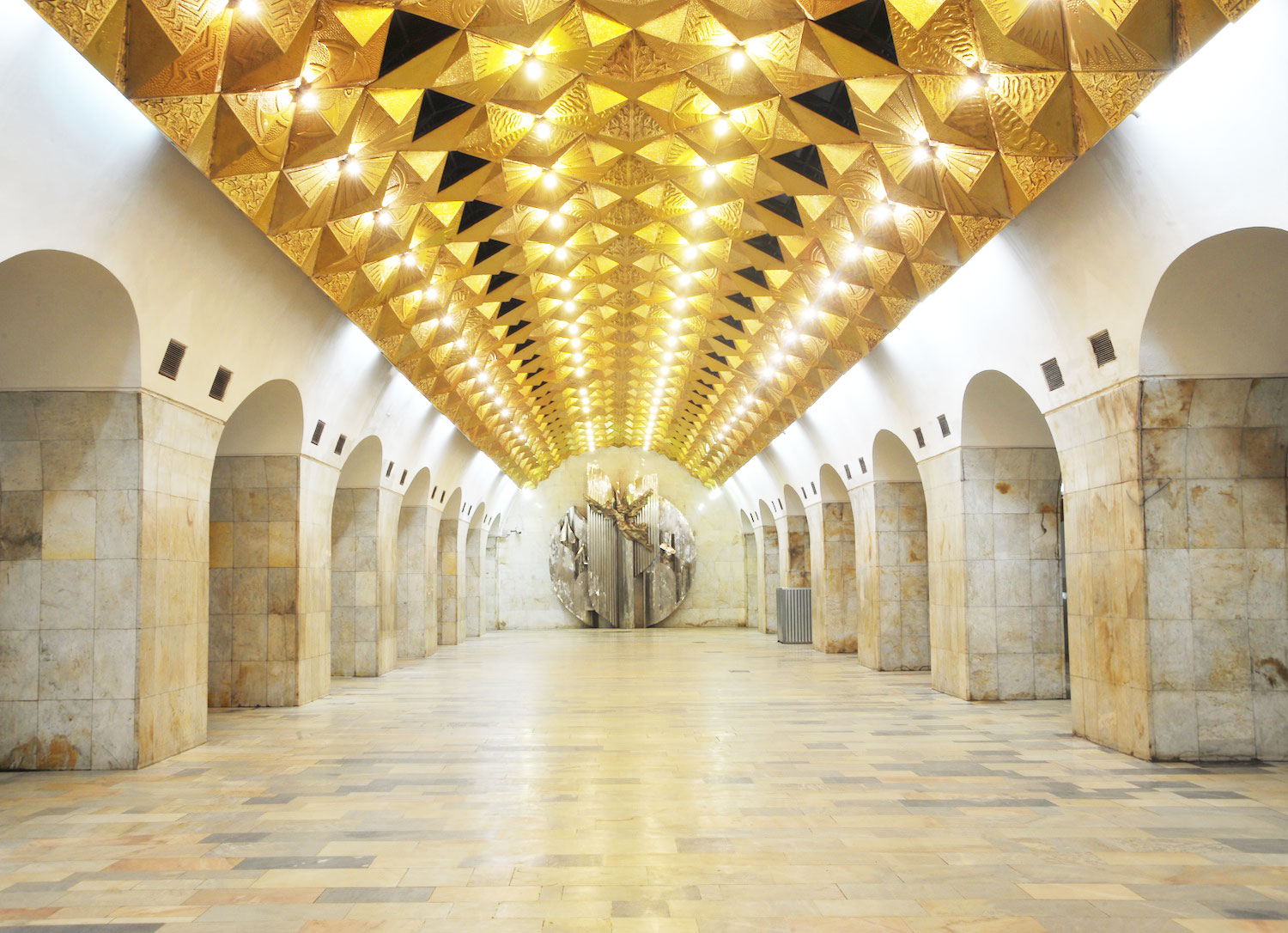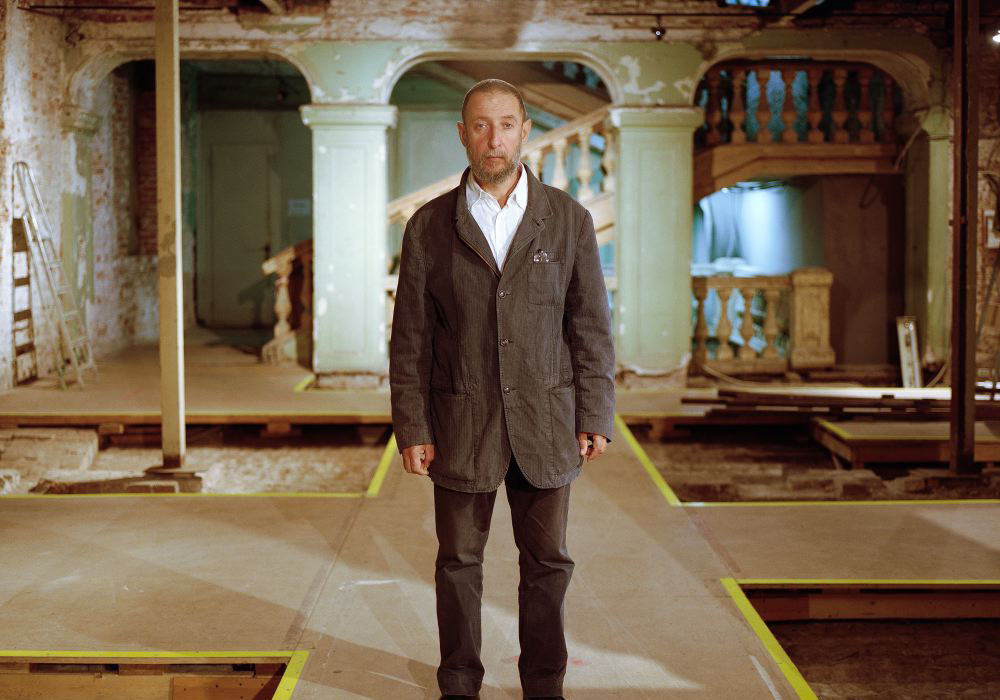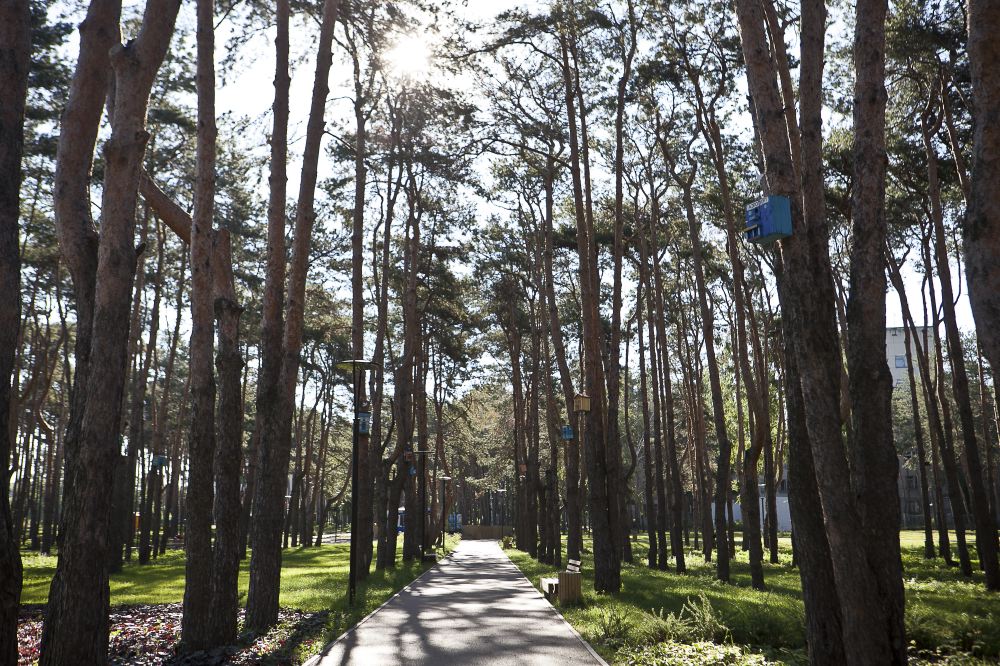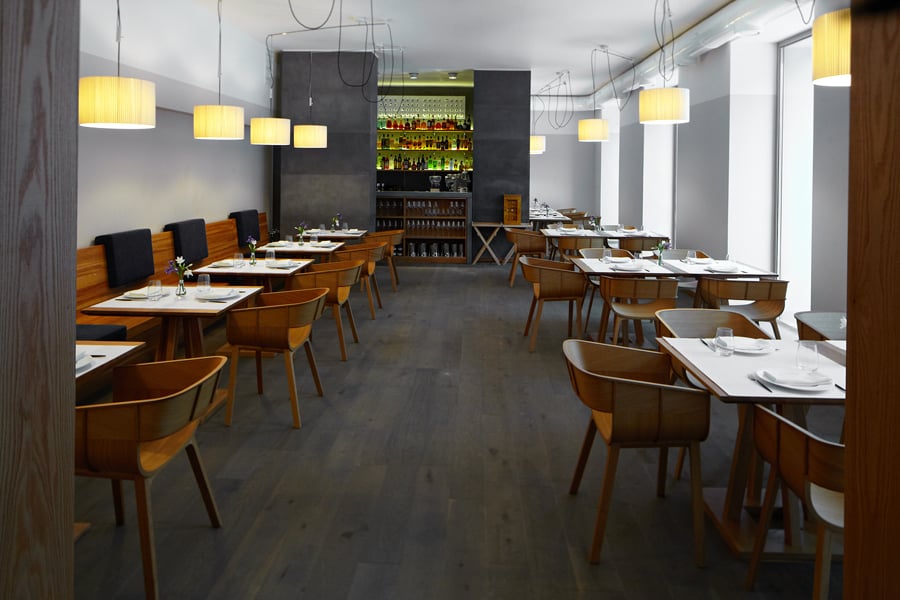Blueprint: how to build an architectural publishing house without really trying
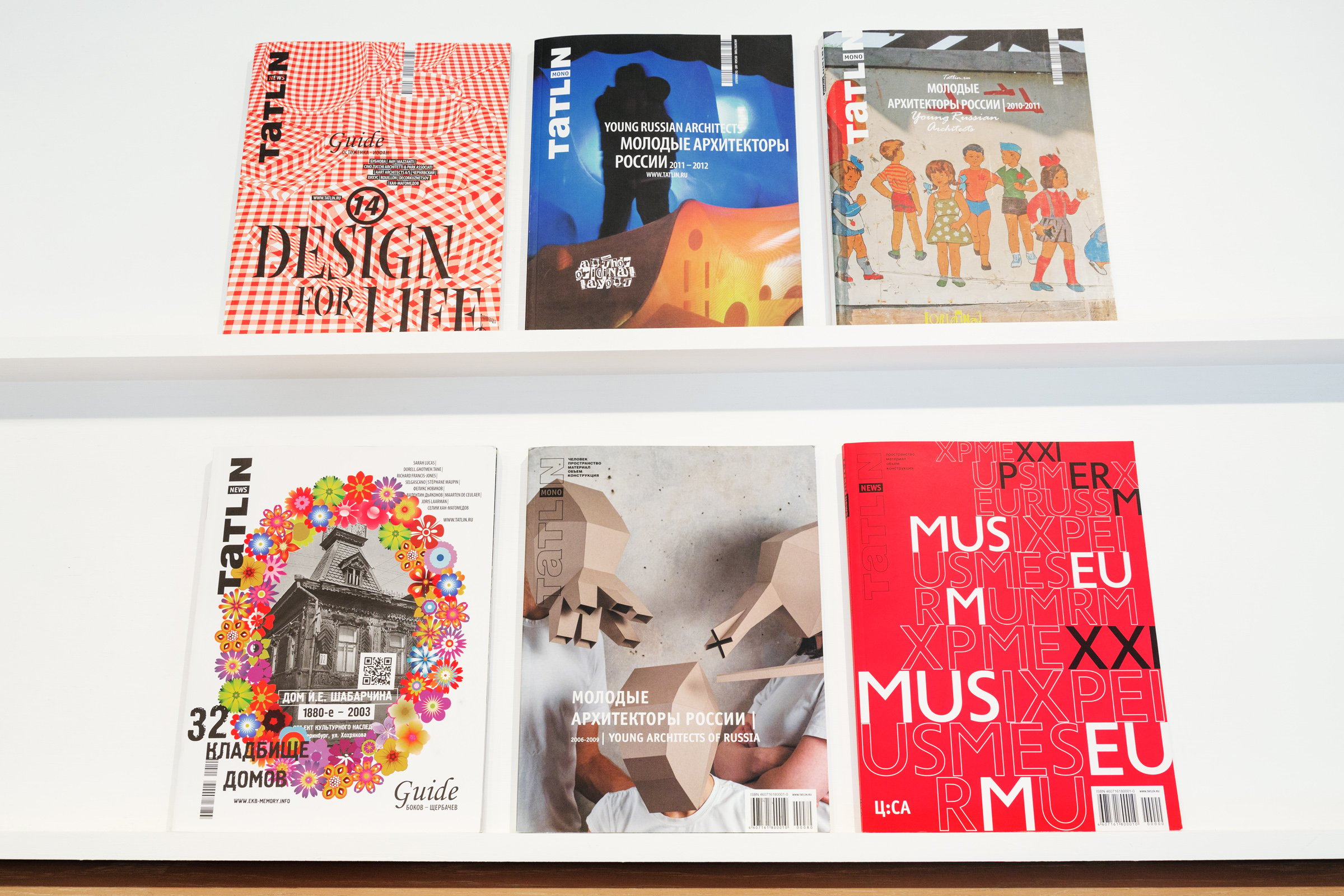
Eduard Kubensky never meant to launch a publishing empire. But his plans just kept growing
For most people, establishing a publishing house dedicated to Russian architecture would be an improbable goal. Basing it in Yekaterinburg, far away from the media centre of Moscow, even more so. But Eduard Kubensky has succeeded in doing both. Tatlin Publishing House is now the largest and best source of books and magazines on contemporary Russian architecture and design. And, although the publisher is fast expanding beyond Russia’s borders it still has one foot firmly in Yekaterinburg where Kubensky has chosen the Constructivist-era Ural Works printing factory as its home.
As a former architect, the director of Tatlin understands the importance of such a platform for showcasing the industry’s talent. Kubensky has managed to turn his passion for trying out different printing techniques at university into a career. While at the Ural Academy of Arts, he published a series of magazines on a variety of unconventional materials such as wallpaper. This artistic flair was discovered by chance. “I consistently performed and behaved badly at school, so my schoolteacher told my mother that I should go to art school,” he says. “She took the advice and indeed it turned out that to be perfect for me.”
In the ten years since its launch, Tatlin has produced over 300 publications and held 300-odd events. Despite Tatlin’s success, Kubensky is quick to point out that “it all happened quite unexpectedly”. “So much so,” he adds, “that now, looking back 20 years, it seemed as if nothing has turned out as I planned it to.”
When Kubensky first launched Tatlin, his wife had just given birth, and he was tied up with familial and financial duties. Publishing was more a labour of love than a realistic business project. It was only in 2001 that he decided to take matters a step further by devising a newspaper dedicated to Russian architecture.
Turning to his bookshelf for inspiration for a name, he spied a monograph about Vladimir Tatlin, a pivotal figure from Russia’s 1920s avant-garde. At the same time, Kubensky teamed up with Masha Spiridonova, director of Milan, a homeware shop in Yekaterinburg, to produce interior design magazine LE. “They’ve both been going for ten years now,” he says.
“It’s so great to see world-renowned architects saying, ‘Look, Tatlin has published a magazine about me’”
Tatlin’s range of magazine titles and books sets itself apart from other publications by targeting a discerning readership that appreciates architecture and design. With Tatlin Mono, a magazine launched in 2005, Kubensky confirmed his dedication to raising the visibility of emerging architects both within and outside of Russia. Each issue focuses on an individual or group of architects with profiles and reviews of their work. “It’s so great to see world-renowned architects saying, ‘Look, Tatlin has published a magazine about me’,” he says.
Competition is driving Tatlin to greater heights but Kubensky remains committed to creating quality products that benefit both the wider industry and Yekaterinburg. The publisher already hosts events but has more ambitious plans in the pipeline, including an art biennale in Yekaterinburg similar to that held in Venice. “In Russia, everything takes place in Moscow but we have the resources to get this sort of project going here too — the right people, money, interesting spaces and an enthusiastic public,” he says. “It could work.”
